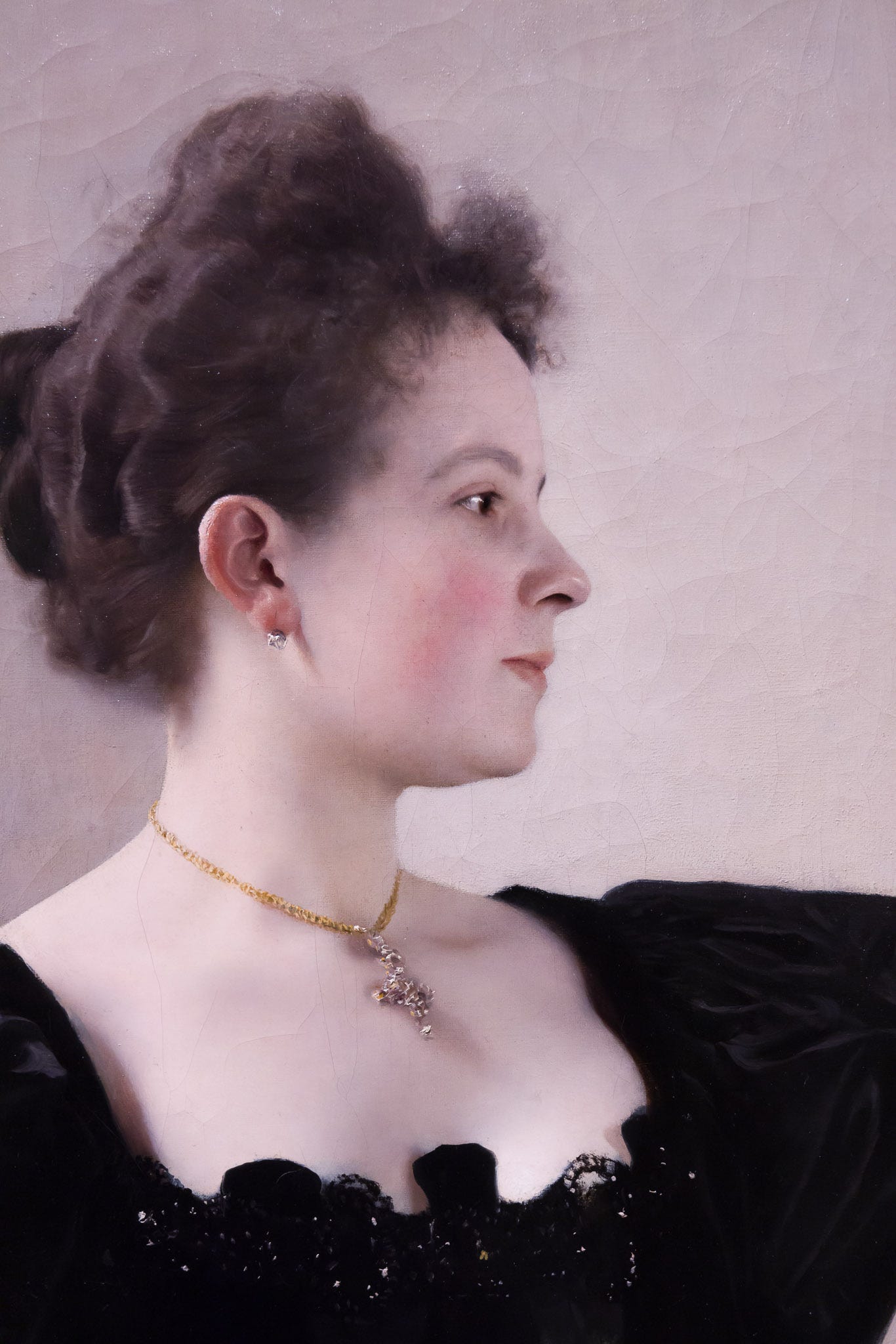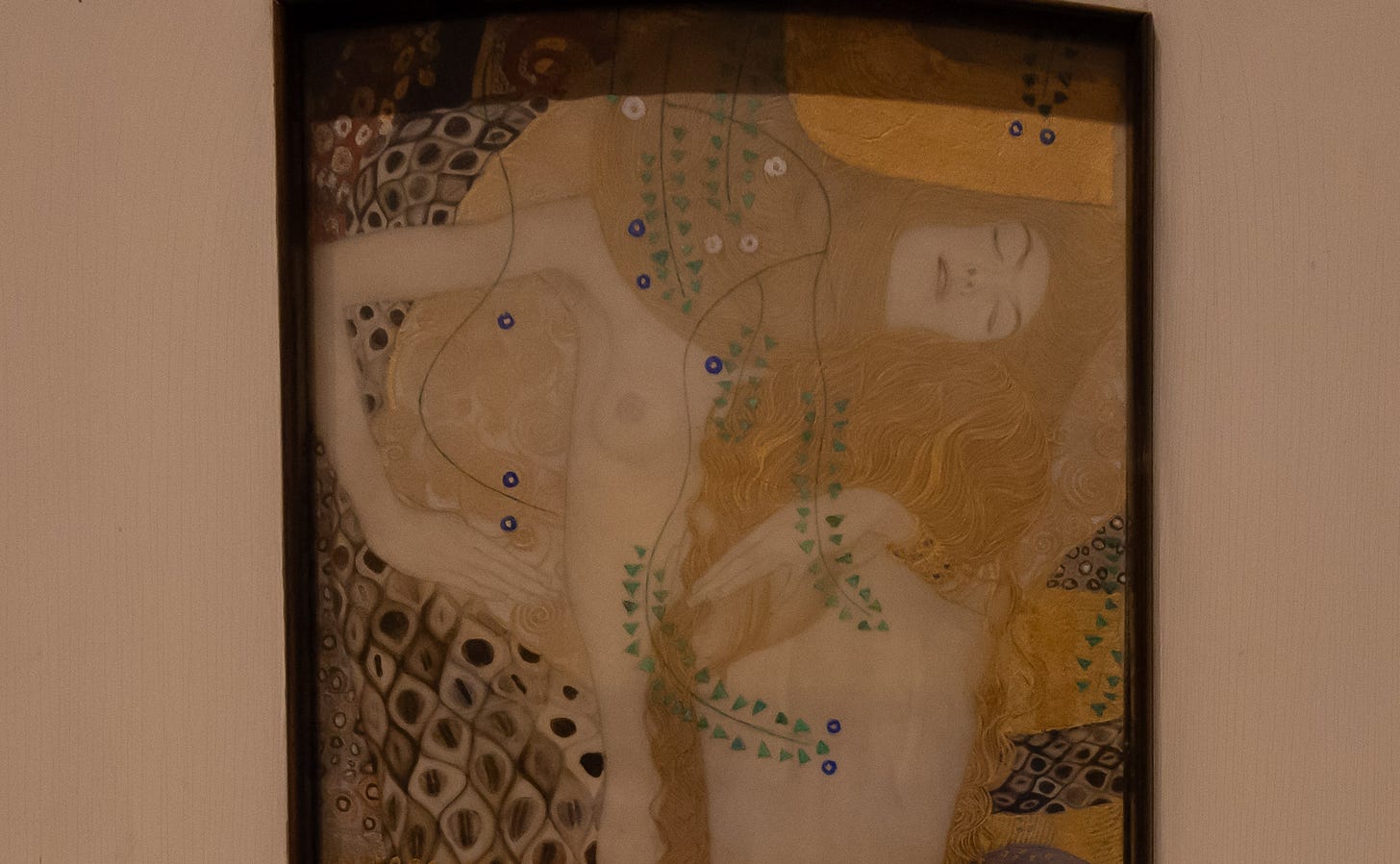Finding a voice
In today’s world as artists we have an unprecedented level of access to information and easily found images at our fingertips. This can be both a blessing and a curse
The abundance of material for us to consume can be a great help if we are looking to educate ourselves or look for trends but it can also be overwhelming. The art that we consume via social media or online in general can often be seen so quickly that a deeper resonance is missed. Taking the time to stop, look, and appreciate has been eroded by our ability to see more. Recently I went to Madrid where I was surprised to find out that the Prado doesn’t allow any of its collection to be photographed. At first I found this to be annoying after having travelled specifically to Madrid to be able to take away as much as I could from all that was on offer artistically. Usually that would mean being able to take photographs that I can then pore over when I am back home in my studio such as the two Klimt paintings seen and photographed in Vienna that I am showing here. Granted, some photos that I take are forgotten about for a while, but they are there for me to find again; easier than going back to some of these museums that are far from where I live. This rediscovery of photographed paintings I think is more relevant when you have had a good chance to stand in front of the paintings in real life and take it all in while you are stood in front of it. However, while I was in the Prado I found that, having had the option to photograph removed, I was 100% focused on appreciating the paintings in the moment. The chance to discuss the paintings with the people who I was with was elevated.
To come back to being able to find your own voice: For me, I believe that technique and skill do underpin the freedom of expression when looking at painting. If you are unable to paint your vision due to a lack of skill then this becomes the limiting factor. However, if technique and skill are the only focus then perhaps the meaning of a painting can be overlooked. I think that if we are able to subordinate concerns of technique and look for meaning, particularly in the early stages of research, the art produced will potentially reach a new level of relevance for your audience. Critical thinking and discussion on your chosen subject matter would hopefully bear intellectual fruit that you could use as a starting point for further personal artistic development. Of course, narrative within your paintings may or may not be relevant to all artists. Some artists who I admire have found a place for their art through a personal aesthetic expression that is immediately recognisable as their own and appreciated for its own sake. Finding a balance between the personal narrative and individual aesthetic expression is the key. I don’t think that either is easy to come by and probably requires plenty of research, many attempts and lifelong commitment to progress.
The last thing to consider is, would you be happy to have the painting on your wall? If the answer is no, I don’t think that the work is true to you. And, hopefully not, but some of your paintings could hang around your studio for a long while; why not be happy to look at them while they stay with you…



